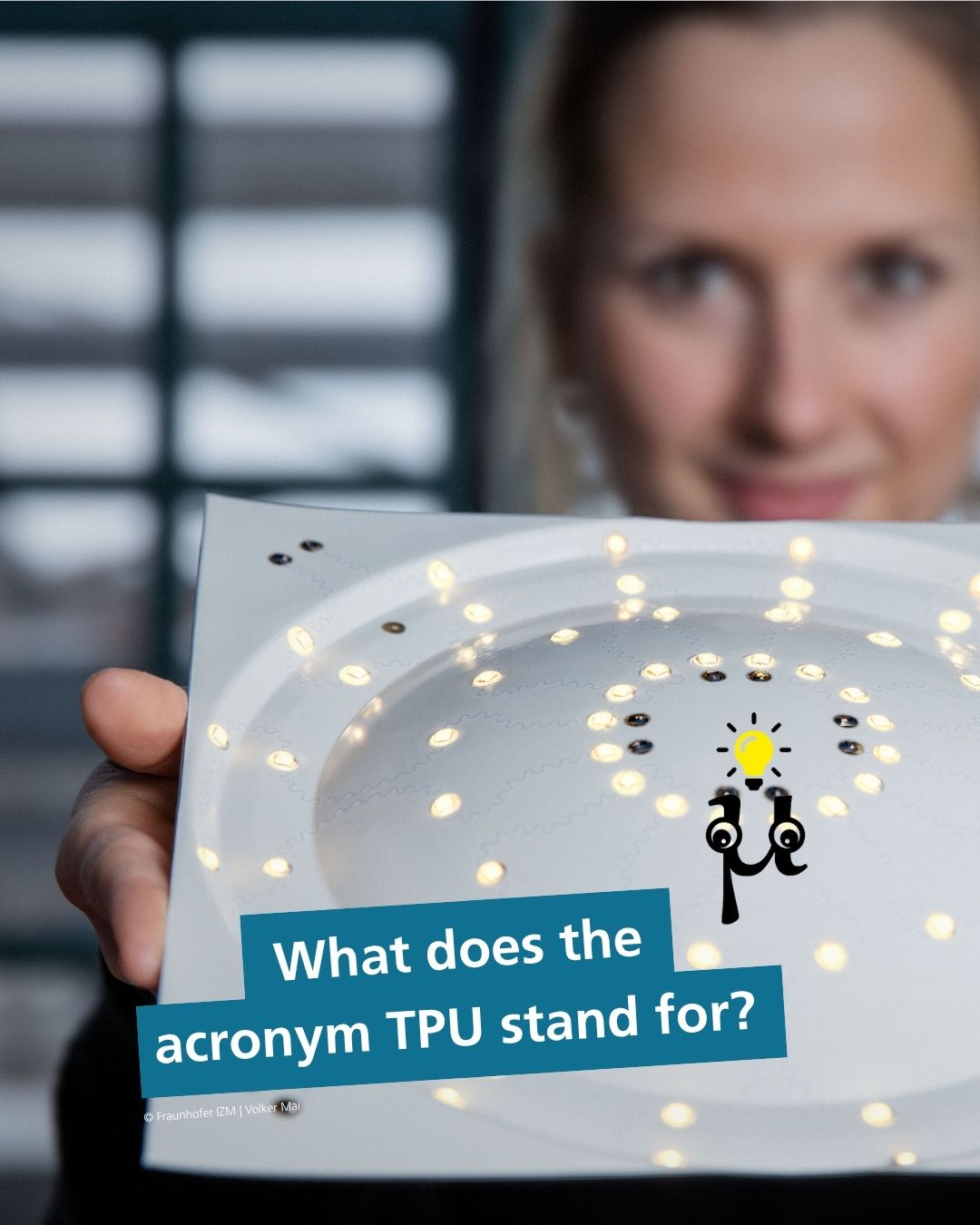Science need not always be complicated or even incomprehensible! Here we want to show you that it can be done in a completely different way: easy-peasy to understand and accessible for everyone.
We talk directly to the researchers, find out how and why microelectronics works and together with you we will find answers to the big and small questions at our research institute. Backstage at Fraunhofer IZM, so to speak.
On this page you will find insights into current projects, tips from practicing researchers and everyday things from our institute - all with a little technical tic. In addition, the small µ has come to join us - as a symbol for exactly the topics that concern us at Fraunhofer IZM, it explains a term from microelectronics every month.
Do you have any questions about Fraunhofer IZM or would you like to know what is behind other technical terms? Then send us your questions by e-mail and we’ll try and find the answers for you!
 Fraunhofer Institute for Reliability and Microintegration IZM
Fraunhofer Institute for Reliability and Microintegration IZM


